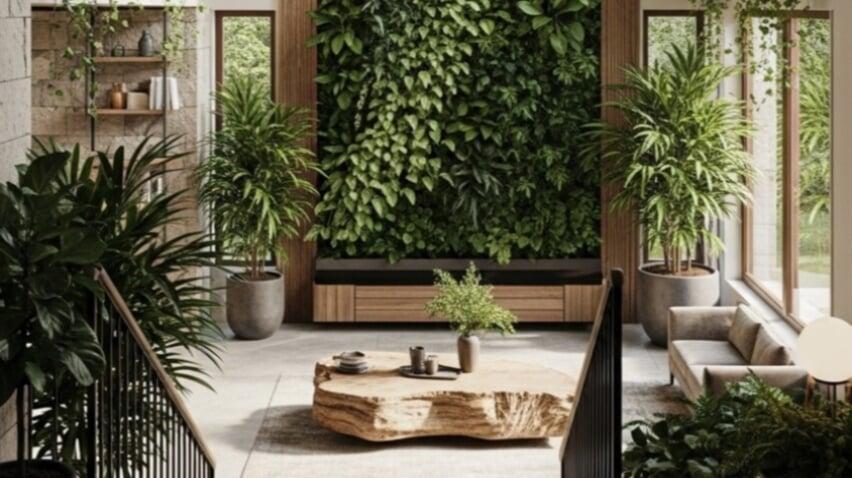Environments that Nurture Physical and Mental Well‑Being

Residential design has evolved beyond aesthetics and functionality; it now plays a pivotal role in promoting holistic health. With wellness-centered design, every home is reimagined as a personal sanctuary that supports physical, mental, and emotional well‑being. Given that we spend roughly 90% of our time indoors, the quality of your home significantly impacts your life.
Why Wellness-Centered Residential Design Matters
Recent trends have elevated wellness in homes from a luxury to an essential element. The COVID-19 pandemic accelerated this shift, with homeowners increasingly demanding healthy environments where features like improved air quality, abundant natural light, and calming spaces are prioritized. According to a 2023 survey, 95% of homeowners recognize that their living space directly influences their health, with 73% actively considering wellness when choosing a new home. In fact, the global wellness real estate sector has surged to an annual $438 billion market by 2023, vastly outpacing traditional construction growth.
Core Principles of Wellness-Centered Residential Design
Biophilic Design: Embracing nature isn’t simply decorative—it’s transformative. Integrating elements such as indoor gardens, natural materials, and water features helps reduce stress, boost cognitive function, and foster creativity. For developers and investors, homes with successful biophilic elements offer higher market value and reduced occupancy turnover.
Natural Light Optimization: Maximizing natural light not only improves mood and energy levels but also enhances sleep quality and reduces reliance on artificial lighting. Research shows that proper daylight exposure is linked to better circadian rhythm regulation and significant energy savings. This translates to appealing, cost-efficient properties that capture buyers’ attention and drive long-term value.
Mindful Spaces: Incorporating spaces that promote relaxation—such as meditation areas, quiet nooks, and flexible living zones—helps reduce anxiety and improves overall mental well‑being. These thoughtful design strategies, backed by multiple studies, are increasingly a top priority for home buyers who view their residence as the ultimate investment in health.
Join Our Turi Talk Series
We invite you to join the Turi Design Studio Wellness-Centered Design Turi Talk Series. In this series, we’ll explore each core principle in depth, share real-world examples supported by research, and demonstrate how our wellness-driven approach sets a new standard in residential design. Whether you’re a homeowner, developer, or investor, discover how investing in wellness is investing in a healthier, happier future.